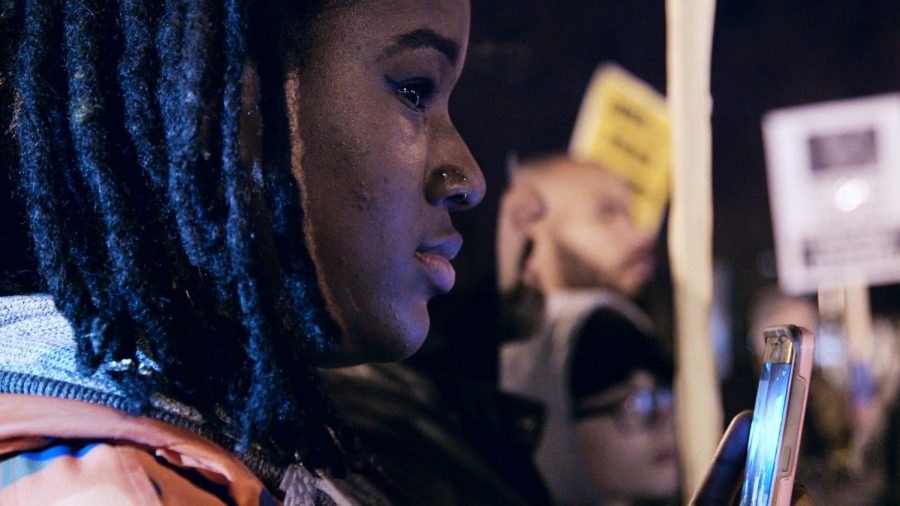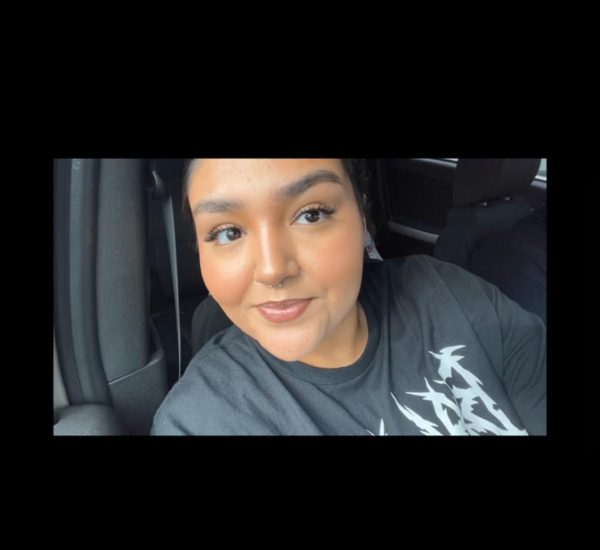A powerful story of order and disorder pulls you directly into the heart of ‘Baltimore Rising’ on HBO
November 21, 2017
Actress Sonja Sohn, who played Det. Kima Greggs on “The Wire,” has made a beautiful documentary film, “Baltimore Rising,” about the city that show was set in. It premiered Monday on HBO, also the network of “The Wire.”
Set mainly among officials, activists and officers in the months between the April 2015 death of Freddie Gray after injuries sustained in police custody, and the end of the prosecution of the involved officers some 15 months later, it’s a documentary more intimate than informational. The basic facts of the case are here, but Sohn seems more concerned with putting you in a place among people — in a room, on the street, on a football field — than with creating the definitive document, pointing fingers or retrying the case.
Because the filmmaker keeps herself out of the picture here, wanting to show you what she saw rather than tell you what she thinks — or thinks you should think — “Baltimore Rising” is not precisely “about” anything. Rather, it invites you to think about a host of things: order and disorder, passion and prudence, parents and children, systemic oppression and individual initiative.
The film has a point of view, certainly. Sohn, who followed her years on “The Wire” by creating a youth outreach nonprofit, Rewired for Change, knows this territory well, but it’s not in the least polemical. It wants to move things forward with the force of art.
Although race informs most everything here, the film itself does not split along the line. Apart from Police Commissioner Kevin Davis, Sohn’s subjects, on both sides of the proverbial thin blue line, are black, and there is much they don’t agree on, politically and personally. The filmmaker refrains from taking sides. All her people are out for a better Baltimore; most seem marvelous, in different ways. The Fraternal Order of Police, opposing civilian involvement in police oversight, is as much as a villain as “Baltimore Rising” cares to muster.
Indeed, it’s very much an actor’s film, the work of one whose day job is to put herself in other people’s shoes, and behind their eyes, to see the world as others see it. It’s a powerful film because it’s a human one. Sohn concentrates on faces, seen often in close-up. Director of photography Cliff Charles, who shot Spike Lee’s “When the Levees Broke” and Chris Rock’s “Good Hair,” makes everything seem very present; you can feel the weather, the space that extends beyond the image.
In its focus on human institutions and conversation and well-communicated sense of place — living rooms, restaurants, meeting rooms, halls of government, public thoroughfares and squares — “Baltimore Rising” at times recalls, more compactly, the work of Frederick Wiseman (“In Jackson Heights”), but with a narrative thrust: We wait on the fate of Sohn’s subjects and their city alike.
There is marching and chanting and the occupation of a City Hall balcony, but scenes around a dinner table or putting up Christmas decorations mean as much.
Will Makayla, caught up in protest, get her college applications together? Will Kwame grow up a little? Will anyone be found culpable in the death of Gray?
Will Baltimore burn again?
———
©2017 Los Angeles Times
Visit the Los Angeles Times at www.latimes.com
Distributed by Tribune Content Agency, LLC.
















